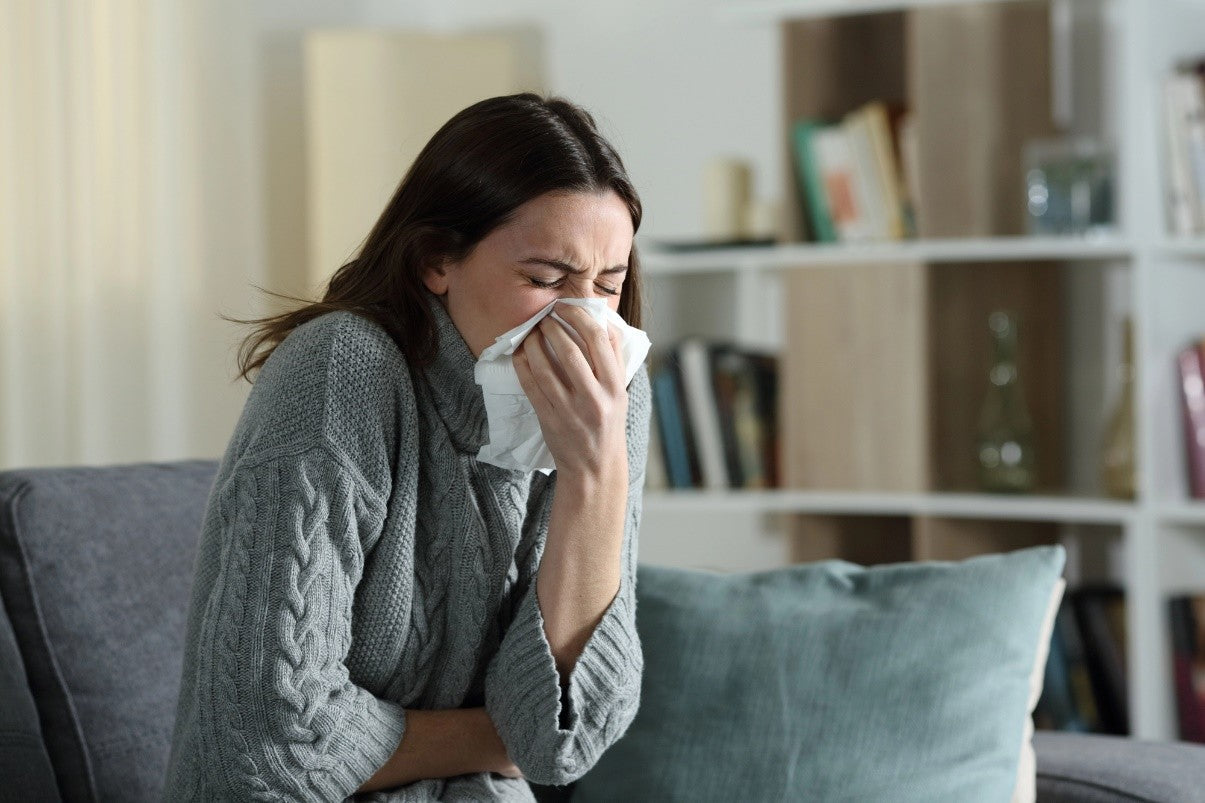When Measles Takes Your Breath Away

Measles Pneumonia: What You Need to Know
From ancient Persian medical texts to medieval European cities, measles has left an indelible mark on human history. Once thought inseparable from smallpox, this fiery rash puzzled physicians for centuries. While primarily spread through respiratory droplets and secretions, 18th-century Scottish physician Francis Home made the groundbreaking discovery that measles can also be spread through blood, forever changing our understanding of this mysterious illness.[1]
Measles stands as the most infectious disease in the world, with an exceptionally high basic reproduction number (R0) of 12-18, surpassing other highly contagious diseases.[2] This means that in a susceptible population, a single person with measles will infect 12-18 others, making it extraordinarily transmissible.
How Measles Spreads
Initially, the measles virus replicates in the respiratory tract before spreading to lymphoid tissues and disseminating throughout the body via the bloodstream (viremia). This systemic spread allows the virus to affect multiple organs and tissues.[3]
Organs Affected

As the viral load increases through replication, symptoms appear. You are most contagious four days before and four days after the rash appears.[3]
Measles impacts multiple body systems, particularly:
- Respiratory system (lungs, bronchi, larynx)
- Immune system (lymph nodes/GALT)
- Central nervous system (not common)
- Gastrointestinal tract
- Eyes
- Skin
- Liver
- Kidney
- Spleen
Measles Pneumonia: What It Is and What to Do
Pneumonia is a major complication in measles cases, present in 49-57% of adults with measles.[4]
Risk Factors for Severe Pneumonia
- Weakened immune systems (such as those with HIV/AIDS or undergoing chemotherapy)
- Very young children
- Adults over age 20
- Pregnant women
- Vitamin A deficiency (linked to increased mortality and symptom duration)
Three Types of Measles Pneumonia
1. Direct Viral Pneumonia
The measles virus itself can directly infect and damage lung tissue. As it infects more and more cells in the lungs, it causes:
-
Inflammation of the small airways and air sacs (alveoli)
-
Formation of distinctive "giant cells" in the lungs - these are large, abnormal cells with multiple nuclei that form when infected cells fuse together
-
Damage to the cells lining the lungs
-
Buildup of fluid in the lungs
2. Secondary Bacterial Pneumonia
-
Measles severely weakens the immune system for weeks to months after infection
-
This immunosuppression leaves the body vulnerable to bacterial infections that would normally be fought off easily. Studies show bacteria cause 25-35% of measles-associated pneumonia cases.
-
The damaged lung tissue becomes an ideal breeding ground for bacteria that either were already present in small numbers or enter the respiratory system after measles has weakened the body's defenses.
3. Secondary Viral Pneumonia
Similarly, other viruses like adenovirus can take advantage of the weakened immune system and cause a second wave of infection in the lungs.
Symptoms of Measles Pneumonia
Worsening cough (often with a brassy quality) It can be difficult to tell if bacterial or viral pneumonia is present since symptoms overlap. Usually viral pneumonia has a dry cough. Bacterial pneumonia can cause a productive cough, producing sputum.
Other symptoms for both bacterial and viral pneumonia include:
- Difficulty breathing
- Chest pain
- Low oxygen levels
- High fever
- Bluish skin discoloration (severe cases)
When to Seek Medical Attention
Seek immediate medical attention if:
- Fever exceeds 105°F (40.5°C)
- Breathing difficulties develop
- Severe headache occurs
- Confusion or loss of coordination
- Worsening symptoms despite home care
Treatment Options
Most cases of measles can be treated at home. If you suspect viral or bacterial pneumonia, seek the guidance of a medical professional. They will be able to determine if you indeed have pneumonia, and if it is viral or bacterial.
Along with supplemental vitamin A, bacterial pneumonia can be treated with antibiotics, while viral pneumonia may benefit from corticosteroids such as budesonide.[6]
If you suspect pneumonia, seek professional medical guidance immediately.
If the pneumonia is viral, budesonide, a corticosteroid (6) can provide relief and clear airways, is included in the Contagion Emergency Kit.
Citations
-
1. https://www.who.int/news-room/spotlight/history-of-vaccination/history-of-measles-vaccination
2. https://en.wikipedia.org/wiki/Basic_reproduction_number
3. Laksono BM, de Vries RD, McQuaid S, Duprex WP, de Swart RL. Measles Virus Host Invasion and Pathogenesis. Viruses. 2016 Jul 28;8(8):210. doi: 10.3390/v8080210. PMID: 27483301; PMCID: PMC4997572.
4. Davaro RE. Measles Virus. Viruses and the Lung. 2013 Aug 26:71–8. doi: 10.1007/978-3-642-40605-8_8. PMCID: PMC7123916.
5. Suter C, Buergi U, Eigenmann K, Franzen D. Severe acute measles pneumonitis: virus isolation in bronchoalveolar lavage fluid. BMJ Case Rep. 2015 Oct 27;2015:bcr2015210826. doi: 10.1136/bcr-2015-210826. PMID: 26508116; PMCID: PMC4636681.
6. McCullough, P. A. (2025, March 11). Treatment of measles pneumonitis with corticosteroids. The Focal Points. Retrieved March 17, 2025, from https://www.thefocalpoints.com/p/treatment-of-measles-pneumonitis
Written by Brooke Lounsbury














